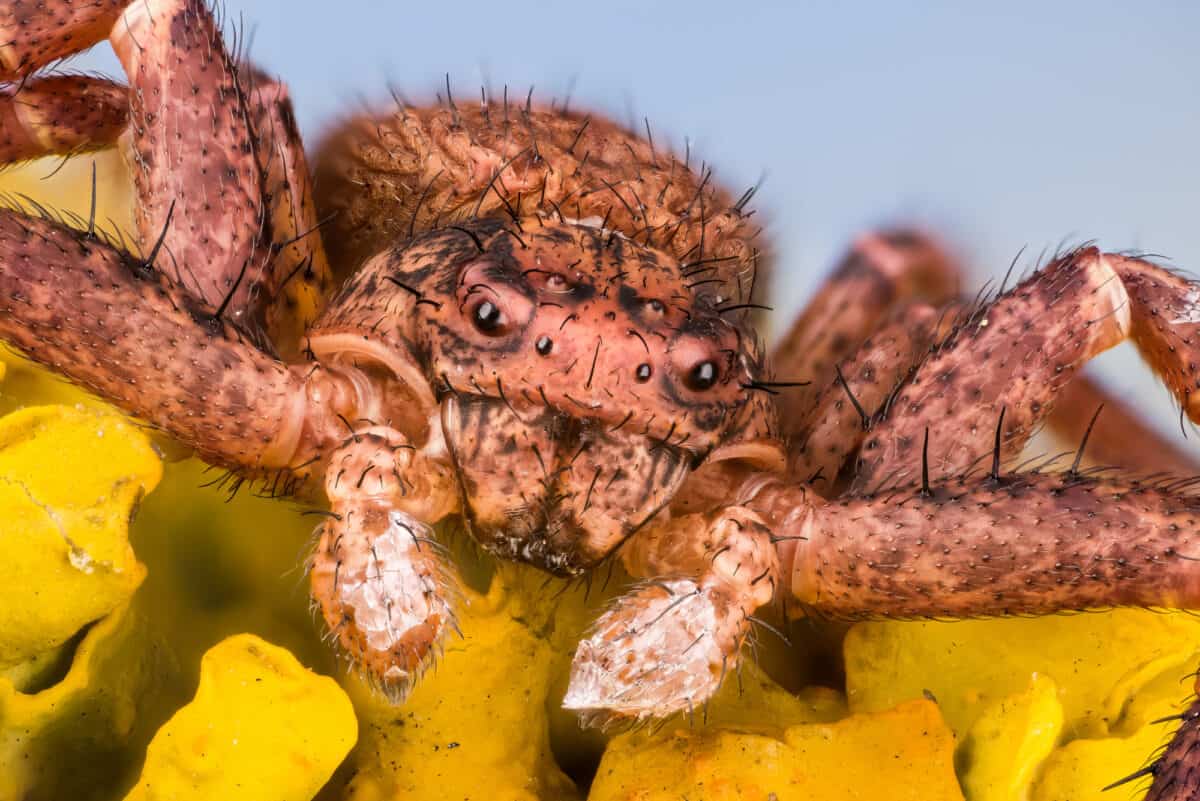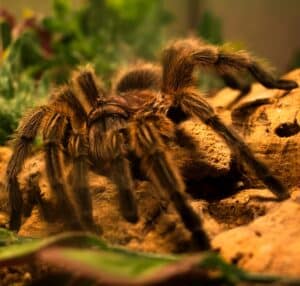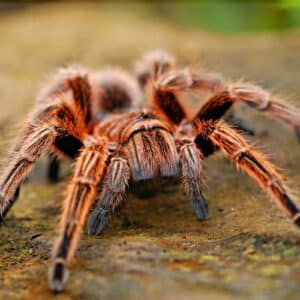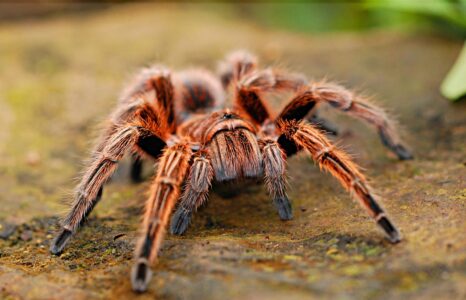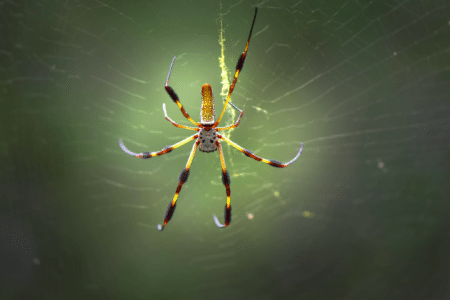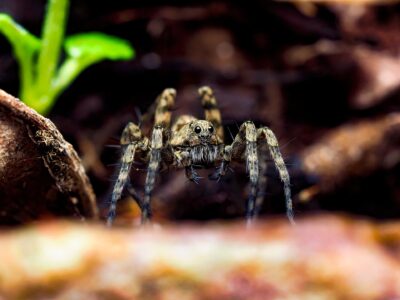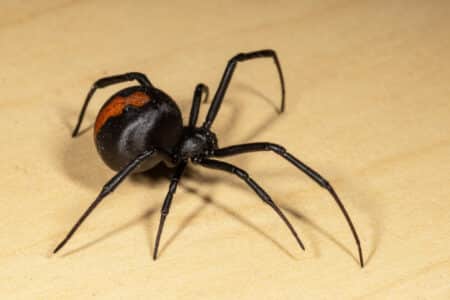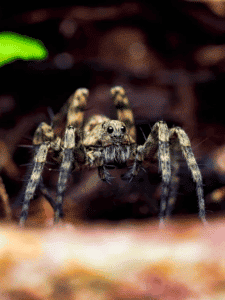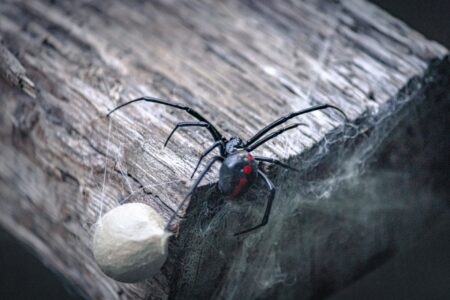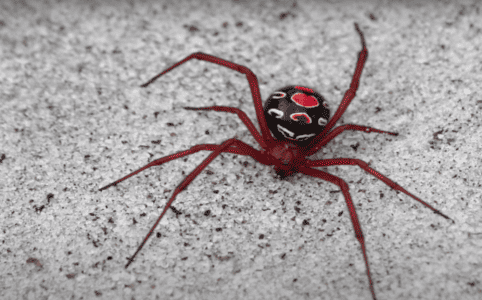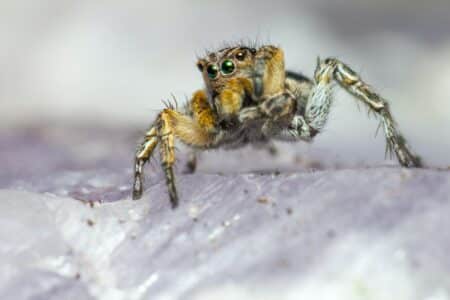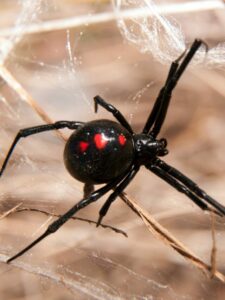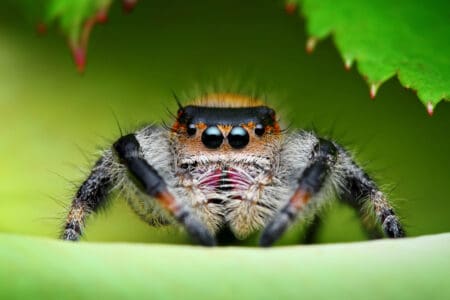Spiders, belonging to the class Arachnida, are a fascinating group of organisms that play essential roles in our ecosystems. These eight-legged arthropods are found in nearly every habitat on earth. There are over 45,000 known species, each with various sizes, shapes, and colors.
For me, spiders are both fascinating and, at times, frightening. Arachnophobia is quite common and can sometimes overshadow the fact that these creatures are an integral part of our ecosystems. Of all the species, only a tiny fraction possess a venom potent enough to affect humans. We can understand their behaviors and benefits through education to help mitigate our fear of spiders.
Spider venom has been researched for potential medical applications. Most research involves harnessing unique venom molecules for pain relief, cardiac conditions, antibacterial agents, and cancer treatment.
Spiders are predators that contribute to ecosystems through pest control. They control pests that are harmful to agriculture and human health. Additionally, their movements from plant to plant aid in pollination.
Spider Overview
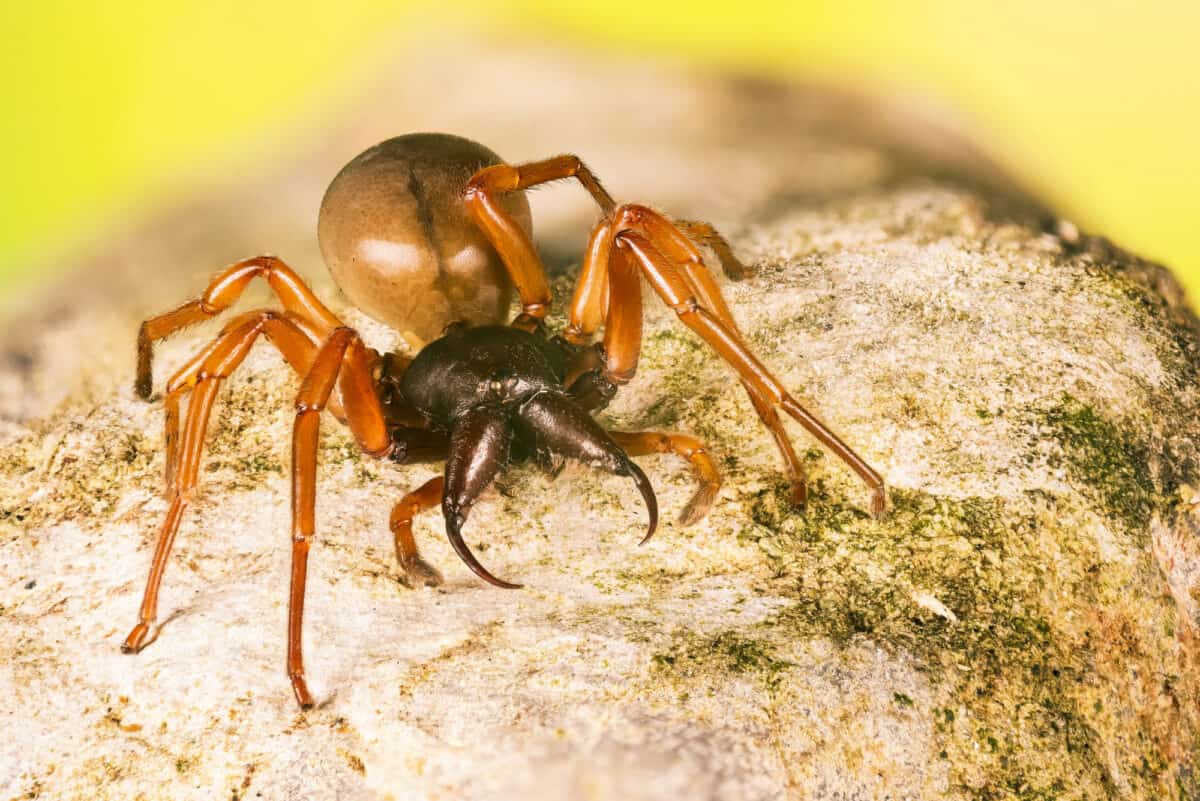
50 Types of Spiders
There are 45,000 spider species, and here is a list of 50 of the most common species. Let’s see how many you recognize:
- Black Widow (Latrodectus spp.)
- Brown Recluse (Loxosceles reclusa)
- Wolf Spider (Lycosidae spp.)
- Common House Spider (Parasteatoda tepidariorum)
- Daddy Long Legs (Pholcidae spp.)
- Jumping Spider (Salticidae spp.)
- Orb Weaver Spider (Araneidae spp.)
- Huntsman Spider (Sparassidae spp.)
- Tarantula (Theraphosidae spp.)
- Brazilian Wandering Spider (Phoneutria spp.)
- Hobo Spider (Eratigena agrestis)
- Yellow Sac Spider (Cheiracanthium spp.)
- Banana Spider (Nephila spp.)
- Cellar Spider (Pholcus phalangioides)
- Crab Spider (Thomisidae spp.)
- Funnel Web Spider (Agelenidae spp.)
- Redback Spider (Latrodectus hasselti)
- Sac Spider (Clubionidae spp.)
- Spitting Spider (Scytodidae spp.)
- Water Spider (Argyroneta aquatica)
- Widow Spider (Latrodectus spp.)
- Camel Spider (Solifugae spp.)
- Argiope Spider (Argiope spp.)
- Bolas Spider (Mastophora spp.)
- Fishing Spider (Dolomedes spp.)
- Rabid Wolf Spider (Rabisdosa rabida)
- Garden Orb Weaver (Araneus diadematus)
- Grass Spider (Agelenopsis spp.)
- European Garden Spider (Araneus diadematus)
- Silver Garden Spider (Argiope argentata)
- Yellow Garden Spider (Argiope aurantia)
- Banded Garden Spider (Argiope trifasciata)
- Green Lynx Spider (Peucetia viridans)
- Nursery Web Spider (Pisaurina mira)
- Bold Jumping Spider (Phidippus audax)
- Zebra Spider (Salticus scenicus)
- Cross Orbweaver (Araneus diadematus)
- Golden Silk Orb-Weaver (Nephila clavipes)
- Six-spotted Fishing Spider (Dolomedes triton)
- Lynx Spider (Oxyopidae spp.)
- Mouse Spider (Missulena spp.)
- Peacock Spider (Maratus spp.)
- Sheetweb Spider (Linyphiidae spp.)
- Trapdoor Spider (Ctenizidae spp.)
- Triangle Orbweaver (Verrucosa arenata)
- Australian Funnel-Web Spider (Atrax spp. & Hadronyche spp.)
- Cobweb Spider (Theridiidae spp.)
- Recluse Spider (Loxosceles spp.)
- Woodlouse Hunter (Dysdera crocata)
- Ant Mimic Spider (Myrmarachne spp.)
- Goliath Birdeater (Theraphosa blondi)
Spiders are one of the planet’s most diverse groups of arthropods. They are found in nearly every corner of the globe. Their extraordinary hunting methods include using complex spun-out webs, jumping, and camouflage. You can find spiders almost everywhere from deserts to rainforests, even in human homes and urban areas.
Learn More About Spiders
-

10 Biggest Spiders in the World
-

Discover The Biggest Spider In The World
-

Texas’s Venomous Spiders
-

8 Dangerous Florida Spiders
-

8 Facts on Banana Spiders Of Florida
-

10 Facts on Wolf Spider Bite
-

US States That Don’t Have Black Widow Spiders
-

Goliath Birdeater: The Biggest Spider In The World
-

Cane Spider – What You Need To Know About This Dangerous Spider
-

Discover: Redback Spider Bites
-

Wolf Spider vs. Brown Recluse Spider
-

Black Widow Bite: Symptoms & Treatments
Most Popular Spider Species
| Spider Species | Venom Potency | Geographic Distribution | Web Type |
| Black Widow (Latrodectus spp.) | High; neurotoxic, can be dangerous to humans | North America, parts of South America | Irregular, tangled web |
| Brown Recluse (Loxosceles reclusa) | Moderate; venom can cause necrosis but is rarely fatal | United States, especially in the South and Midwest | Small, irregular web |
| Tarantula (Theraphosidae spp.) | Low; venom is generally harmless to humans | Worldwide, particularly in tropical, subtropical, and desert regions | No web (burrow dwellers) |
| Jumping Spider (Salticidae spp.) | Low; generally harmless to humans | Worldwide, in various habitats | No web (active hunters) |
| Golden Silk Orb-Weaver (Nephila spp.) | Low; mild effect on humans | Warm regions around the world, including Australia, Asia, Africa, and the Americas | Large, strong orb webs |
| Brazilian Wandering Spider (Phoneutria spp.) | Very high; one of the most venomous, can be deadly | South America, particularly in Brazil and surrounding countries | No web (active ground hunters) |
| Goliath Birdeater (Theraphosa blondi) | Low; venom is not considered dangerous to humans | Northern South America | No web (burrow dwellers) |
| Australian Funnel-Web Spider (Atrax spp. & Hadronyche spp.) | Very high; venom can be deadly to humans | Eastern Australia | Funnel-shaped web |
Different Types of Spider Webs
Different spider species use a variety of different types of spider webs. Below the different types are listed and described:
- Orb Webs: These are the classic wheel-shaped webs one pictures when we imagine a spider web. They are often found in gardens and forests.
- Funnel webs: Created by funnel-web spiders belonging to the family Agelenidae. They have a flat, horizontal web with a funnel-shaped retreat at one edge. The spider waits in the funnel for the prey to touch the web, then rushes out to capture it. These webs can be found in grasses, under rocks, and building walls.
- Sheet webs: Horizontal or angled silk sheets, often found in bushes or between grass. Spiders (usually from the Linyphiidae family) hang beneath the web and wait for the prey to drop into the sheet.
- Cobwebs (Tangle Webs): Irregular, tangled webs often found in corners or under furniture.
- Triangle Webs: As the name suggests, these webs are triangular.
- Bolas Webs: Highly specialized web produced by Bolas spiders (Araneidae family). This web consists of a single thread with a sticky globule (bolas) at the end. The spider swings the globule (bolas) at flying prey.
- No Web: Some spiders don’t build a web to capture prey. Jumping spiders (family Salticidae) and wolf spiders (family Lycosidae), for example, are active hunters and rely on their ability to stalk and ambush prey. Tarantulas construct burrows in which they hide until the right moment to ambush their prey.
Spider News
-

Elderly Spider Gains Mobility Through Owner’s Creative Artificial Webbing
-

Beware Tarantulas In These 13 States
-

Five Spiders Most Likely To Kill You In Alabama
-

What Would Happen If These Florida Spiders Bite You
-

Discover The Biggest Spider In The World
-

20 Insects You Didn’t Know You Were Scared Of (Get Ready to Get the Creeps)
-

Largest Male Specimen of the Most Venomous Spider in Australia
-

Unearth the Reality of Ohio’s Venomous Spiders
-

Goliath Birdeater: The Biggest Spider In The World
-

Unearth the Reality of Florida’s Venomous Spiders
-

Brazilian Wandering Spider Bite
-

WATCH: The World’s Cutest Courtship
Facts That Suprised Me About Spiders
- Spiders “fly”: Some spiders practice ballooning, where they release silk threads into the air, allowing them to move great distances. Interestingly, this method does not rely solely on air; rather, spiders harness the Earth’s static electric fields to help them become airborne.
- Spiders “dive”: The diving bell spider (Argyroneta aquatica) spends almost its entire life underwater. It uses its silk to create a bubble filled with air to breathe underwater.
- Silk strength: Their silk is incredibly strong. By weight, spider silk is stronger than steel.
- Healing venom: Spider venom contains compounds being researched for medical purposes.
- Spiders dance: Male peacock spiders perform dances with their brightly colored abdomens to attract mates.
- Ancient species: The oldest spider fossil dates back 300 million years ago, meaning they have been around since the dinosaurs!
Images & Videos of Spiders
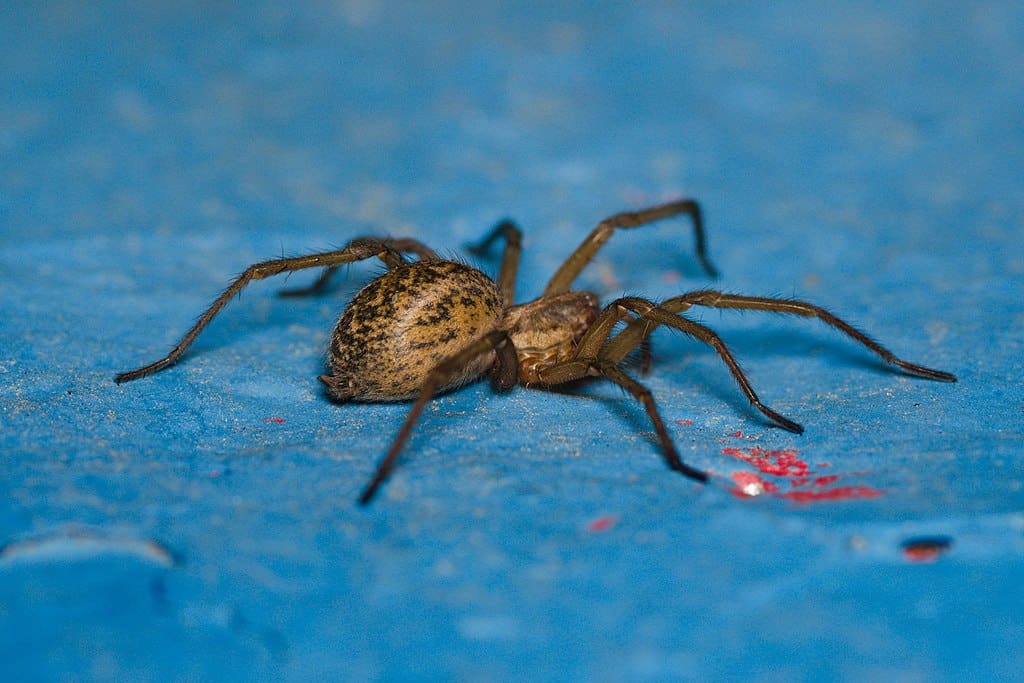
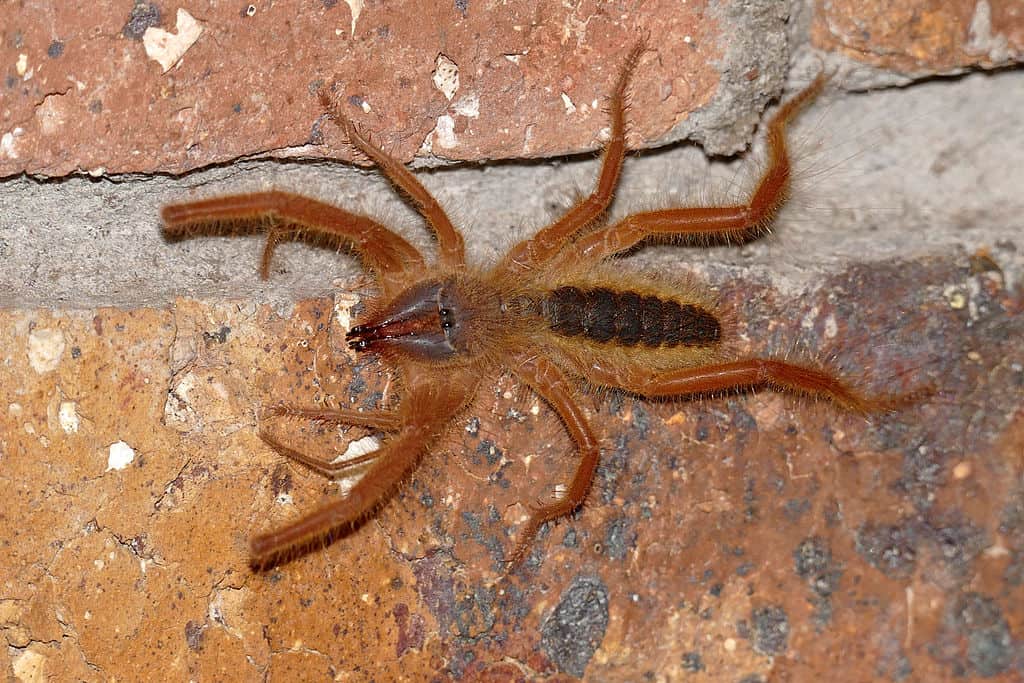
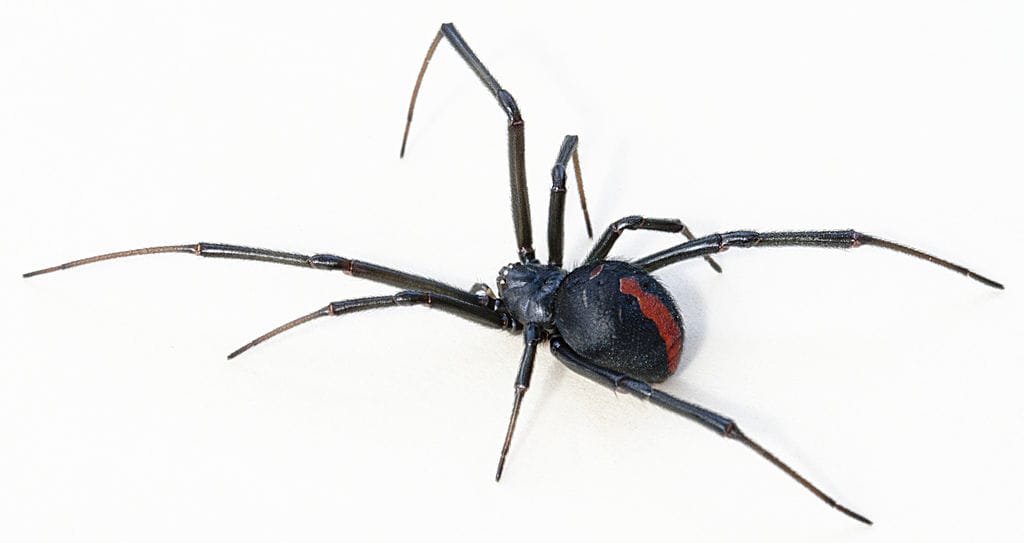
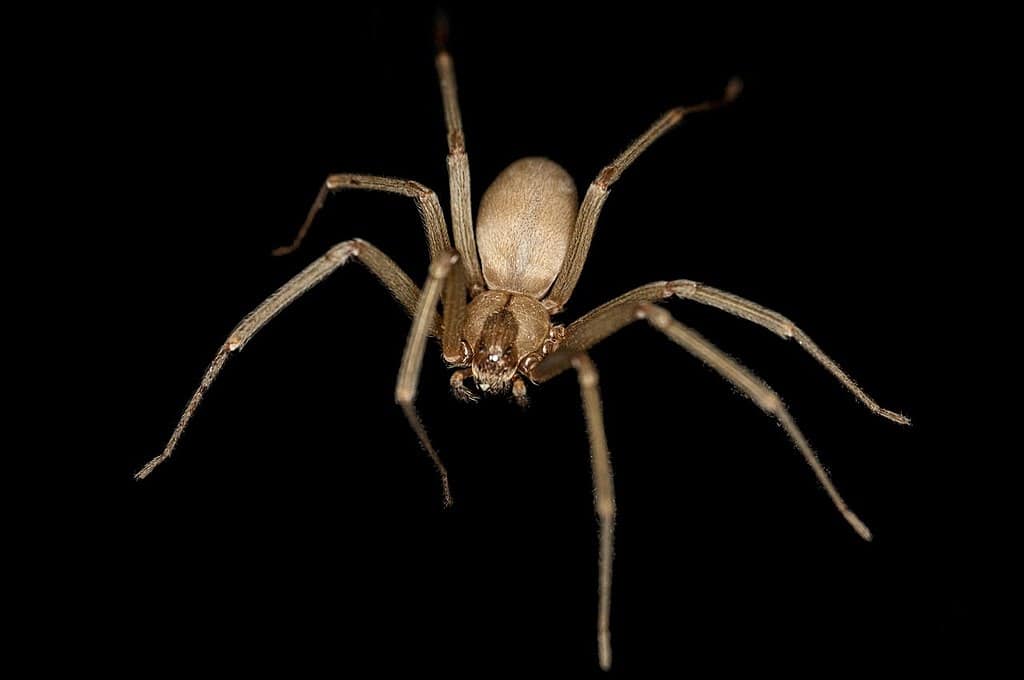
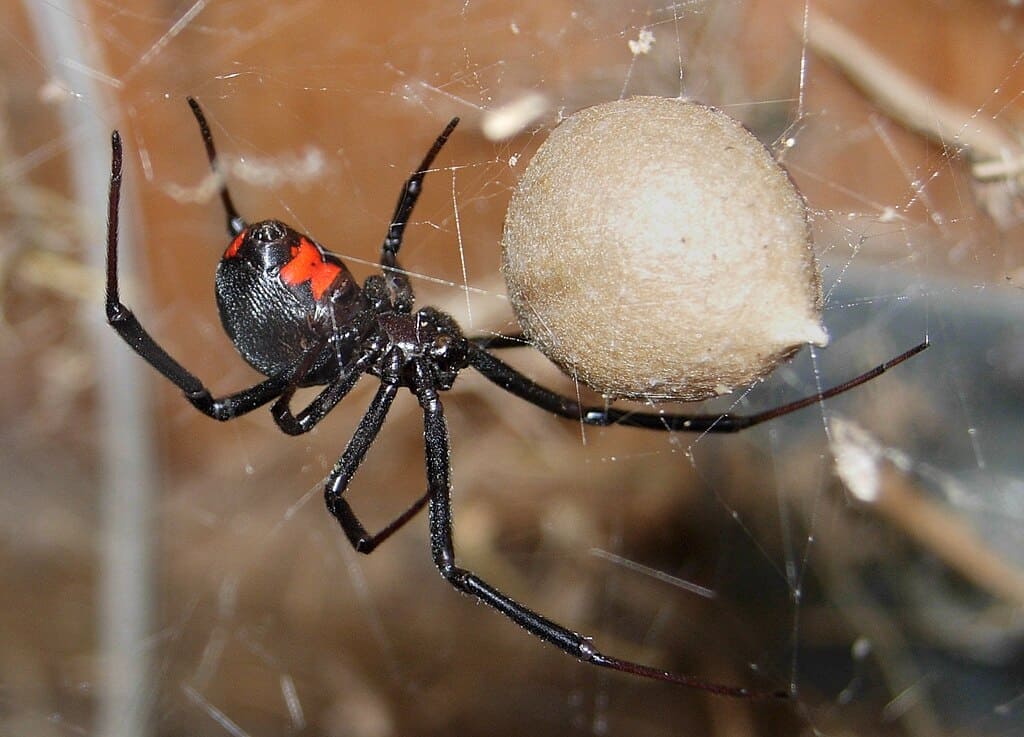
Spider FAQs
Spiders use their webs to create shelters, egg sacs, and for ballooning. They create egg sacs to protect their offspring from parasites and environmental conditions.
Spiders also use their webs for ballooning as mentioned above. Ballooning uses the wind and the Earth’s static electric field to lift themselves into the air and travel vast distances. These spiders will usually climb to a high point, which is often the tip of a branch or plant, raise their abdomen towards the sky, and release strands of silk. The silk becomes charged by friction with the air or by contact with charged surfaces, which interacts with the Earth’s electric field and allows the spider to lift into the air.
According to the Guinness Book of World Records, the Brazilian wandering spider is considered the most venomous in the world. The venom of the Brazilian wandering spider is particularly rich in neurotoxins. The key component of their venom is a toxin known as PhTx3 which blocks calcium channels in nerve cells, preventing neurotransmitter release. In humans, this causes server pain, inflammation, and in extreme cases even paralysis.
With over 45,000 known spider species, each occupying their own niche, spiders can be found in almost every corner of the world, besides Antarctica. They play an important role in maintaining ecological balances, from pest control to their contributions as a food source for other animals.
Spiders are generally solitary, however, some spider species live in communal webs that can house thousands of individuals. Anelosimus eximius, is an example of a highly social spider. They live in the tropical rainforests of Central and South America. These spiders live in large, communal webs and cooperate in web maintenance, prey capture, and caring for the young. Other social spider species include Stegodyphus dumicola, Stegodyphus mimosarum, Anelosimus studiosus and Theridion nigroannulatum.
How Do Spiders Perceive Their Environment?
Spiders typically have eight eyes. Their eyes are often arranged in different patterns that are specific to each family group. Some spiders however have fewer eyes. The number of eyes varies from six to no eyes at all. They usually possess two main types of eyes; the principal (or anterior median) eyes and the secondary eyes. The principal eyes usually face forward and are capable of forming images, while the secondary eyes are used for peripheral vision and are used to detect changes in light intensity helping to orientate the spider in its environment.
Spider Conservation
There is a widespread fear of spiders among humans. While maintaining a healthy level of fear and respect for wild animals in nature is advantageous for both humans and the species involved, it is important to recognize that excessive fear can lead to aggressive behavior towards these animals. Therefore one of the most challenging aspects to combat in spider conservation is the widespread fear and misunderstanding of these creatures. Education programs assist in encouraging people to recognize the important ecological role spiders play in ecosystems.
My Personal Connection To Spiders
Growing up in the tropical region of KwaZulu-Natal, South Africa, my childhood was rich with encounters with nature, but none were as memorable as when I found a tarantula under my bed. The spider was as giant as my hand, and I panicked. Luckily, my parents responded calmly and removed the tarantula from my room without harming it. They taught me that every creature has a rightful place on this planet and that my fear does not justify harming it. I now have a healthy fear of wild animals and can admire and respect the creatures from a safe distance. I believe that with education and good role modules, we can all coexist peacefully amongst nature.
Newest Category: Spiders
- The Bond Between a Wild Baby Bison and Her Rescuer - July 20, 2024
- An Excited Husky’s First Ever Time in Snow - July 20, 2024
- Top 20 Colorful Species To Brighten Your Day - July 14, 2024

